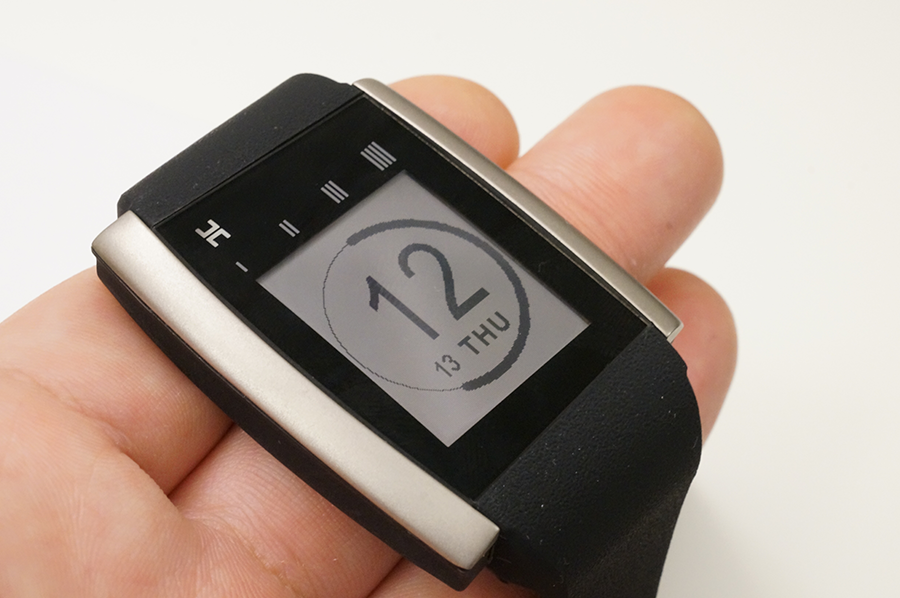Wearable technology growing rapidly with consumers grabbing these devices to monitor their heart rate, blood pressure, activity and sleep. But, why does seem like most of these devices aren’t designed properly? Well, it’s the sensors, the heart of wearable of devices, and if the sensors aren’t designed right, your smartwatch won’t give you precise information.
Read more Start with Your Ideal Design. Interview with Aaron Johnson, Accumold
Before designing a sensor, designers must take into account the environmental challenges such as moisture, temperature, abuse by bleach, motor oil etc. and the ambulatory nature of the user.
Although wearables are mobile devices, they have different requirements to smartphones and tablets. Therefore, reusing mobile SoCs for every type of wearable device is not practical because they come in distinct size and shapes.
If you’re designing a sensor for fitness trackers, you must understand how fitness trackers work. Input wearables are fitness trackers, heart monitors, sleep monitors and NFC rings. These wearables have sensors that connected with minimal or no displays, hence, they consume extremely low power. They mainly work to collect raw data and then send them to a central hub such as a mobile phone or a server. For this type of wearables, sensors should be designed to consume very low power, Embedded Computing Design.

Output wearables are devices such as smart watches or smart glasses that give you quick access to immediate information, the information which can fit on a small screen and is delivered to the user quickly and in real-time. These types of wearables are meant for speeding up daily tasks. When designing chipset of output wearables, a designer must keep in mind that each processor inside the SoC is used as efficiently as possible, according to the Embedded Computing report.
Security is very important in wearable devices. In a recent article, we reported how data breach in wearable devices is inevitable. When designing the chip, you must keep in mind that wearable devices require multiple layers of security: Device security, link security and cloud security. These security layers must be enabled both in hardware and software and should run from the core level all the way up to the system level.
Finally, you need to do an ethnographic research. In an ethnographic research, a researcher or developer watches how users interact with the device and learn about the users’ needs during this episode. This type of research can often be done during the course of product development. Finding data that can be useful early on and showing how your design fulfilled the needs of the user will do three things: Help you design a device that users will love, generate input that’ll direct the design of the device, and create a developmental study which will help you with submission to the FDA.












